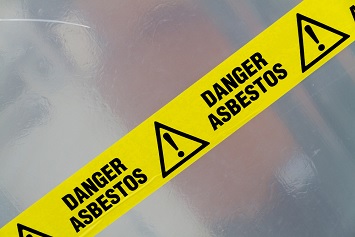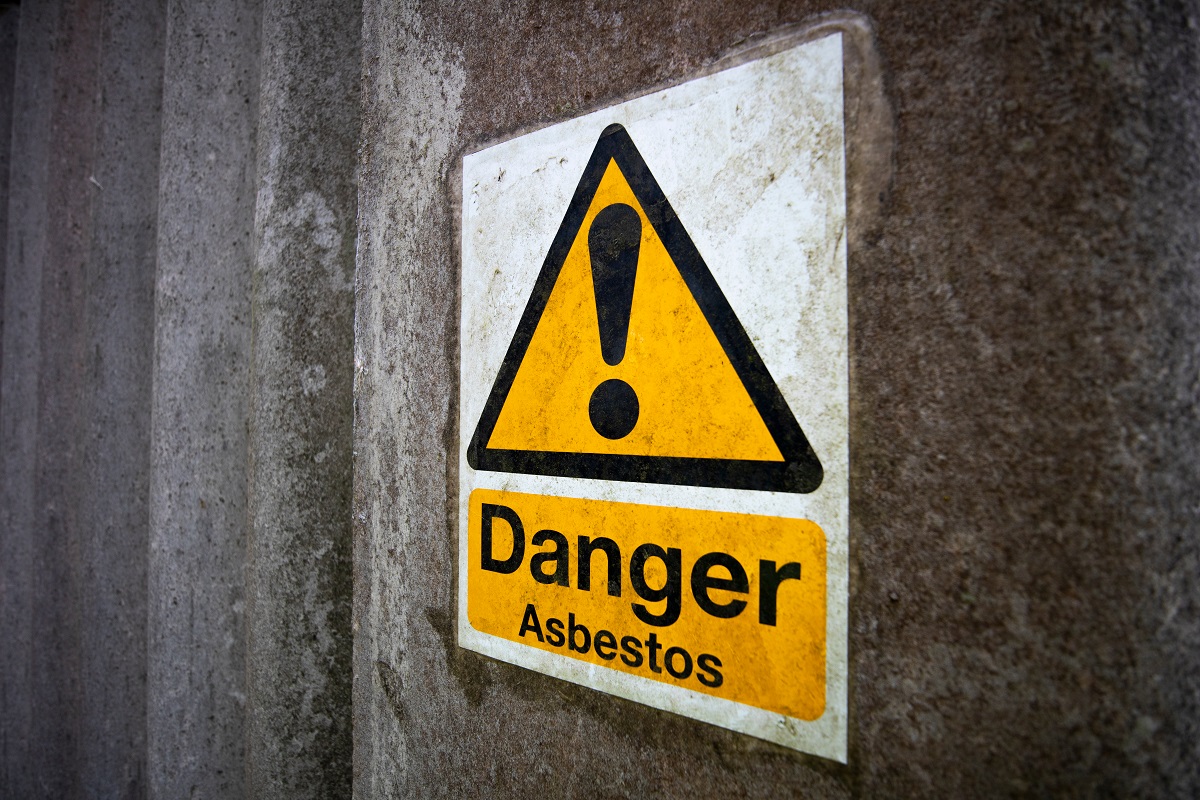Asbestos usage remains a public health issue in the United States—we have not banned asbestos use, and there is still a plethora of products being used that contain asbestos. That’s why we continue to see considerable concerns surrounding asbestos exposure, and companies should ensure that, where asbestos is present, they alert workers and contractors to its presence and train them to safely deal with it.
Anyone involved in manufacturing or production intimately knows the legacy of asbestos. Asbestosis and mesothelioma, the diseases most commonly associated with the mineral, commonly take 20 to 30 years to develop—long after the underlying problems are corrected.
Millions of Americans who worked with or near asbestos materials are at risk for future diseases. As it has naturally heat-resistant properties, companies have used asbestos in countless products, such as:
- Pumps
- Pipe coverings
- Boilers
- Roofing materials
- Gaskets
- Building and electrical materials
- Automotive brakes
Most industrial areas within states and cities across the United States were home to (and still have) hotbeds for asbestos exposure, with countless jobs that included the use of asbestos materials, including work at:
- Shipyards
- Refineries
- Electric companies
- Railroads
- Chemical companies
- Manufacturing plants
- Construction companies
- Factories
- Schools
The ripple effect is still unending. Workers exposed to asbestos occupied a wide variety of trades, from pipe coverers to electricians to mechanics to plumbers, and according to the Environmental Working Group Action Fund, we continue to have high rates of asbestos-related fatalities in the country. Fatal mistakes that have been made since the 1970s are still haunting businesses and may continue to do so in the future. Asbestos will continue to affect lives for many years to come because diseases like mesothelioma have long latency periods after exposure.
However, the time that exposure takes to manifest itself is a double-edged sword, as it may lull modern businesses into a false sense of security. Asbestos-containing products can still work their way into supply chains. As much today as ever, awareness of asbestos is very important, and the impetus for it needs to come from the very top.
Current Risks of Asbestos Exposure
The United States has never completely banned asbestos; instead, it limited what it can be used for. We know, for instance, that as of 2019, the United States was still importing it.
The risk of cross-contamination is still high. Asbestos remains in hundreds of thousands of buildings and is still widely used in:
- Roofing
- Protective clothing
- The production of certain chemicals
Also, asbestos has famously been detected in cosmetic products, with Johnson & Johnson and Claire’s both facing class action lawsuits and dealing with recalls. The presence of asbestos was noted in both cases only after private testing. Lacking the power to enforce a ban, U.S. authorities rely on companies to take action.
 Responding to Asbestos Exposure Issues
Responding to Asbestos Exposure Issues
Around the country, there are thousands of metric tons of asbestos in buildings that are degrading and damaged, most of them in an industrial capacity and over 40 years old. Companies can generate airborne concentrations of asbestos through renovation and cleanup activities.
There is a real risk of contamination at large sites such as factories and warehouses, where asbestos maintenance is often put off because of the scale of the job. There are also sources of asbestos that are less well-appreciated—for example, in food manufacturing and preparation facilities, asbestos present in cement drinking water pipes could be an issue.
With the increase in floods, wildfires, tornados, and other extreme weather events, the risk of asbestos being disturbed may be great. Fibers can begin to escape from previously inert materials, with workers then exposed to asbestos through inhalation or ingestion.
All workers must be fully protected against any unsafe and unhealthy working conditions. According to the Environmental Protection Agency (EPA) and the Occupational Safety and Health Administration (OSHA), the very first thing companies should do is ensure that:
- Asbestos is properly cataloged, and the asbestos register is accurate and up to date.
- All employees have an awareness of the presence of asbestos and are trained to deal with it.
Compiling a list of asbestos-containing materials (ACMs) forms part of a company’s Asbestos Operations and Maintenance (O&M) program, which should be updated at least once per year, and OSHA determines that companies must take basic safety precautions:
- Train employees in the hazards of asbestos.
- Train employees in the need for and nature of required safeguards.
- Monitor workers’ exposure levels.
- Provide appropriate respiratory protection.
- Post notices, warning signs, and labels to alert workers and contractors about asbestos.
- Provide safe changing and decontamination areas.
OSHA can place companies that willfully violate its regulations in the Severe Violator Enforcement Program. To ensure compliance with the law, the program mandates targeted follow-up inspections. Under the program, OSHA may inspect any of an employer’s jobsites or facilities.
While asbestos has led to many lawsuits against companies active in the past, it still lingers in buildings around the country. Exposure to asbestos can cause fatal or disabling diseases such as:
- Asbestosis
- Lung cancer
- Mesothelioma
- Gastrointestinal cancer
Unfortunately, Americans are still getting sick with mesothelioma and lung cancer from exposure to asbestos-containing products, and they deserve justice from the companies that poisoned them.
 Treven Pyles is a longtime administrative director with Environmental Litigation Group, P.C., a Birmingham, Alabama-based law firm that handles chemical toxic exposure cases resulting from occupational exposure in an industrial setting or the military. He is also committed to community issues, helping family members and other patients diagnosed with cancer and addressing clients’ needs in complex cases involving environmental litigation. Treven Pyles is a longtime administrative director with Environmental Litigation Group, P.C., a Birmingham, Alabama-based law firm that handles chemical toxic exposure cases resulting from occupational exposure in an industrial setting or the military. He is also committed to community issues, helping family members and other patients diagnosed with cancer and addressing clients’ needs in complex cases involving environmental litigation. |

